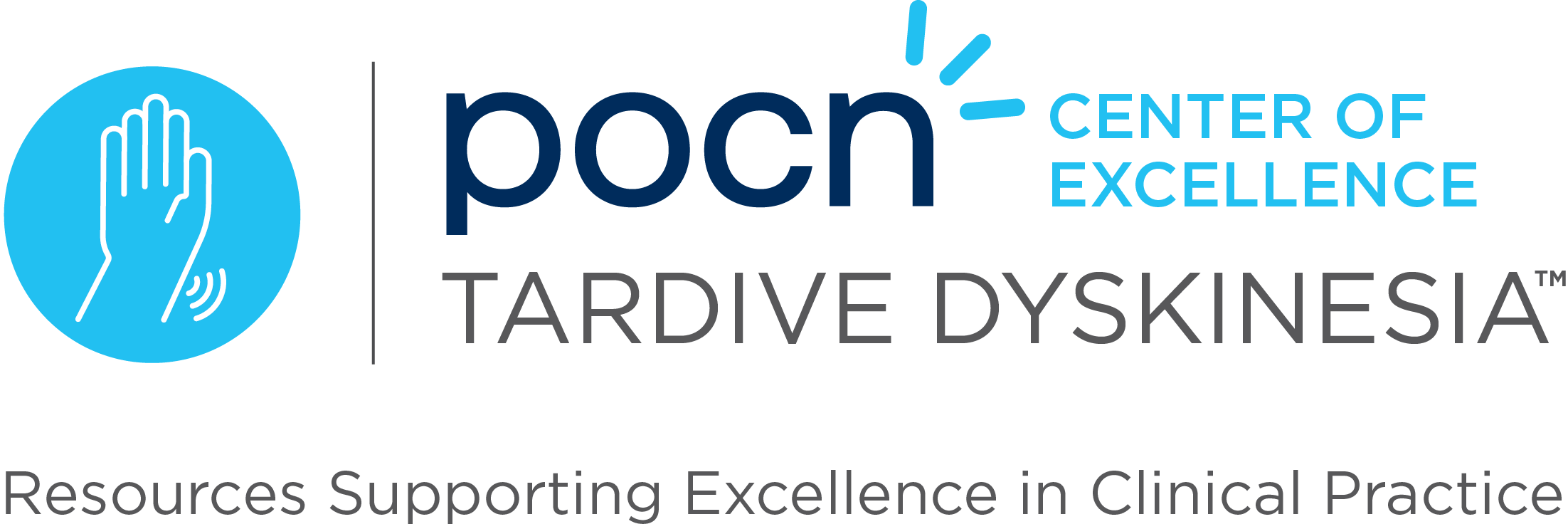Tardive dyskinesia (TD) can involve subtle or complex movements that are easily missed with visual inspection alone. In a recent study, three patients with orolingual and pharyngeal dyskinesias were assessed using point-of-care ultrasound, a tool that proved invaluable in diagnosing and managing their conditions. Ultrasound was particularly helpful for detecting abnormal tongue movements during mouth closure, which might not be visible during a standard examination. In all three cases, ultrasound helped identify the exact muscles involved, enabling targeted botulinum toxin injections, which significantly improved symptoms and ultrasound findings.
The use of ultrasound also allowed for better treatment outcomes compared to previous attempts using visual inspections alone. In one case, the patient’s treatment had been ineffective due to undiagnosed pharyngeal dystonia, which was detected using ultrasound. The technology provided a high-resolution, real-time view of muscle movements, making it an essential tool for refining diagnoses and treatment plans in complex TD cases. Although ultrasound requires specialized training, it is cost-effective, feasible for bedside use, and allows for repeated imaging. This makes it a valuable addition to clinical practice in the diagnosis and management of orolingual and pharyngeal dystonias.
Reference: Roy U, Panwar A, Srivastava AK, Cartwright MS. The Role of Ultrasound in the Evaluation of Tardive Dyskinesia: A Case Series. Tremor Other Hyperkinet Mov (N Y). 2025;15:3. doi: 10.5334/tohm.966.


